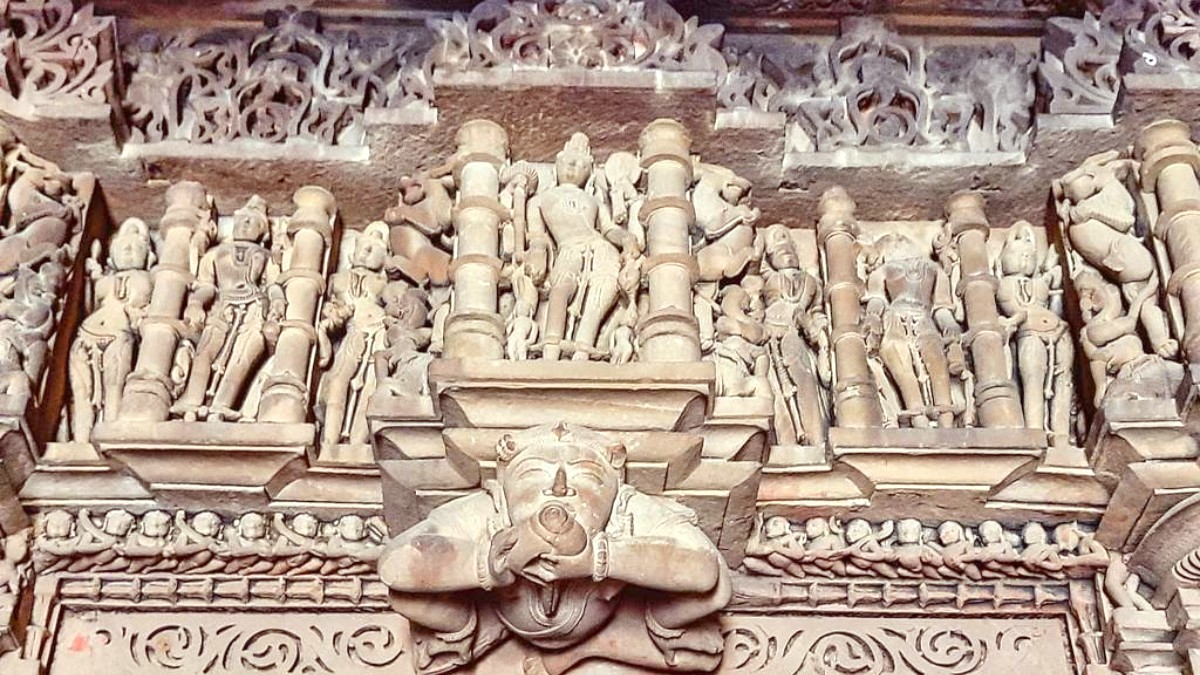
Madhya Pradesh And Chhattisgarh, India
This UNESCO World Heritage site displays artistic mastery that still captivates and challenges thought. It is a testament to human creativity and devotion.
Khajuraho is in northern Madhya Pradesh, a central Indian state. The town resides within the Chhatarpur district, amidst plains and low hills.
The Ken River flows nearby, feeding Panna National Park and Raneh Falls. Khajuraho's central India location places it near other historical sites and natural attractions.
Khajuraho's temples mark a high point of North Indian temple architecture, built by the Chandela dynasty between 950 and 1050 AD. About 25 of an original 85 temples stand today. Chandela rulers, followers of Hinduism and Jainism, commissioned these structures.
The erotic sculptures have centuries of discussion about their purpose. Theories suggest they symbolize life, fertility, or tantric practices. Some see them as depictions of daily life and human desires. They form an integral part of the temples' stories.
After the Chandela decline, dense forest covered the temples. A British surveyor brought them to wider attention in the 19th century.
Nagara architecture, characterized by a spire (shikhara) over the sanctum, and a progression of halls.
Sculptors achieved a fluid quality in stone, capturing dynamic poses and expressions.
These structures offer insights into medieval Indian life, philosophy, and spirituality.
The Archaeological Survey of India (ASI) maintains these treasures for future generations.
Each temple, whether Hindu or Jain, displays remarkable craftsmanship. The temples are not merely structures; they are stone canvases.
The temples' design follows the Nagara style, with intricate horizontal and vertical bands of sculpture covering the exterior.
Sculptors gave stone figures an almost fluid quality, capturing dynamic poses and expressions. These carvings integrate into the temples' spiritual context.
Look for details beyond the famous erotic carvings. Many depictions of daily life, musicians, and ordinary people feature prominently on the temple walls.
Khajuraho presents a distinct travel experience focused on its UNESCO World Heritage temples. These ancient monuments are a testament to medieval Indian artistry and architecture.
The main attraction is the Western Group of Temples, a collection of large, well-preserved structures known for their detailed and sometimes erotic sculptures. The Eastern and Southern Groups, while smaller, also display artistic and historical value, including Jain shrines.
Panna National Park, Raneh Falls Canyon, and Ken Gharial Sanctuary offer wildlife sightings and striking geology.
Khajuraho town is small and walkable. Local transport includes auto-rickshaws, cycle rickshaws, and rented bicycles.
October to February, during cool, dry winter months, presents pleasant temperatures for sightseeing.
The Western Group of Temples displays large, well-preserved structures known for their detailed and sometimes erotic sculptures.